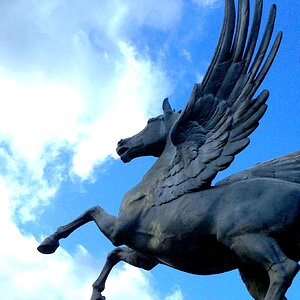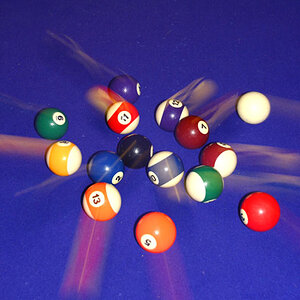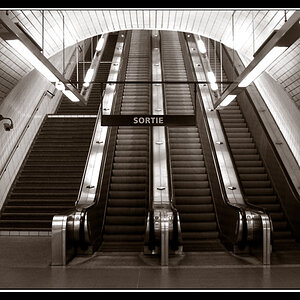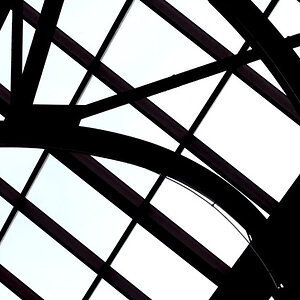Solarflare
No longer a newbie, moving up!
- Joined
- May 24, 2012
- Messages
- 2,898
- Reaction score
- 395
I cant help but wonder why CMOS foto sensors apparently cant have an electric shutter ?
Or why not really every modern camera has one.
I think thats an extremely useful feature:
- Electric shutters do not have acutation counts. I.e. they can be used ad infinum, not just 100,000-500,000 times.
- Electric shutters are "perfect". I.e. the shutter indeed gets opened and closed instantly, over the whole area of the foto sensor. Unlike mechanic shutters, which, for shutter speeds above X-Sync, will glide a small curtain opening over the picture instead.
- Electric shutters easily allow much higher shutter speeds than possible with mechanic shutters. A value of 1/16,000 sec is trivial to do, and much higher values should be easy to implement as well. An X-Sync of 1/500 sec, the maximum possible speed for flashs, is also very easy to implement.
- Electric shutters allow to easily fix a typical DSLR problem with video. As picture cameras do have a different kind of shutter, not a rotating one like "real" film cameras, they can only read the foto sensor continously. This leads to bent lines for fast moving objects. With electric shutter, this can be easily avoided, leading to even higher quality than with the "normal" movie cameras.
- Electric shutters would allow to take a HDR picture with just one shot.
- With some added logic, electric shutters could allow all kinds of other functionality. For example, an implicit gray filter comes to mind: simply add the single pictures together and provide some extra bits to avoid overflow, removing the extra bits again in the end.
There is only one disadvantage I can find about electric shutters:
- Light shines continously on the foto sensor, potentially heating it up. However, this is a disavantage of all modern mirrorless / EVF cameras.
Or why not really every modern camera has one.
I think thats an extremely useful feature:
- Electric shutters do not have acutation counts. I.e. they can be used ad infinum, not just 100,000-500,000 times.
- Electric shutters are "perfect". I.e. the shutter indeed gets opened and closed instantly, over the whole area of the foto sensor. Unlike mechanic shutters, which, for shutter speeds above X-Sync, will glide a small curtain opening over the picture instead.
- Electric shutters easily allow much higher shutter speeds than possible with mechanic shutters. A value of 1/16,000 sec is trivial to do, and much higher values should be easy to implement as well. An X-Sync of 1/500 sec, the maximum possible speed for flashs, is also very easy to implement.
- Electric shutters allow to easily fix a typical DSLR problem with video. As picture cameras do have a different kind of shutter, not a rotating one like "real" film cameras, they can only read the foto sensor continously. This leads to bent lines for fast moving objects. With electric shutter, this can be easily avoided, leading to even higher quality than with the "normal" movie cameras.
- Electric shutters would allow to take a HDR picture with just one shot.
- With some added logic, electric shutters could allow all kinds of other functionality. For example, an implicit gray filter comes to mind: simply add the single pictures together and provide some extra bits to avoid overflow, removing the extra bits again in the end.
There is only one disadvantage I can find about electric shutters:
- Light shines continously on the foto sensor, potentially heating it up. However, this is a disavantage of all modern mirrorless / EVF cameras.


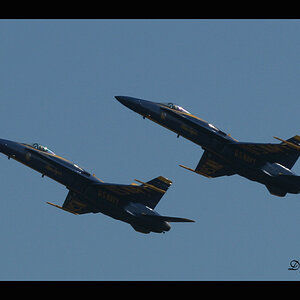

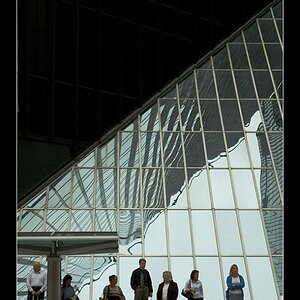
![[No title]](/data/xfmg/thumbnail/34/34039-a3bf38301d5ee5f8b658c43a86558500.jpg?1619736250)
